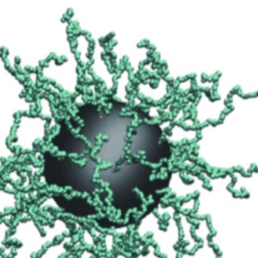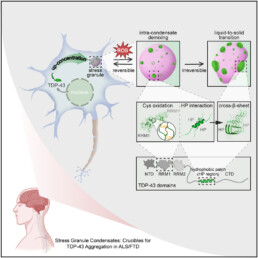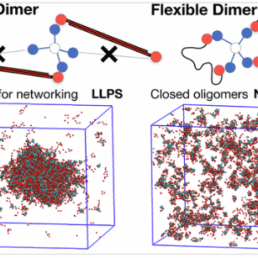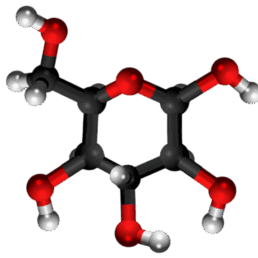The key role of solvent in condensation: Mapping water in liquid-liquid phase-separated FUS
What drives the formation of biomolecular condensates from proteins in water? The Adams group, in collaboration with colleagues from Ruhr-University Bochum, Germany, measured the thermodynamic forces leading to the expulsion of water from condensates as they form through protein-protein interactions. the results are published in the Biophysical Journal. Read more.
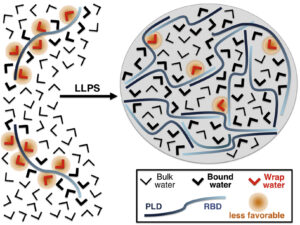
6. April 2021



